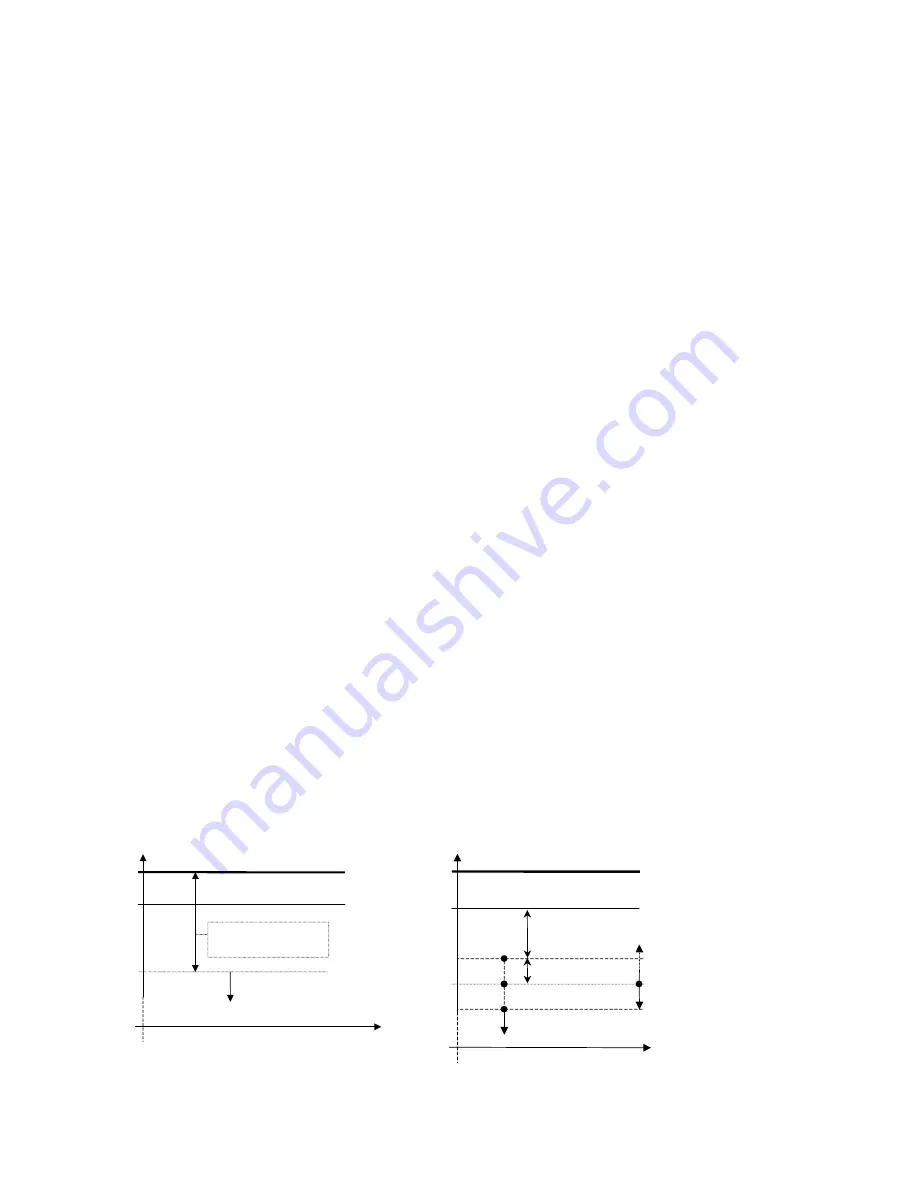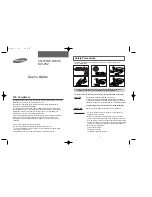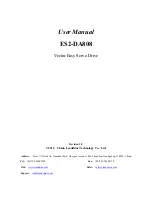
II K 4-27
Overview of Software
4.5 Regulator functions
Software functions are described in the context of the
individual parameters (see parameter list). Special
functions which require an comprehensive parame-
terization or no parameterization and the service
procedures are described below.
4.5.1 Monitoring the Mains Voltage and Auto
Reclosing
The DCS 400’s mains voltage monitoring feature has
been implemented in a new, and hitherto unusual
manner. It permits simple parameterisation, and as-
sures dependable operation.
Usually, with digital power converters, parameter
values are entered for mains voltage and tolerance
thresholds. This is not the case with the DCS 400,
whose power section can be operated on a mains
supply voltage of 230V…500V without any further
parameter settings.
There is a physical correlation between the motor
voltage and the requisite mains voltage, and between
the specified mains voltage and the resultant maxi-
mum motor voltage.
While for drives operating purely in
motoring
mode,
this causal relationship is non-critical, except that if
the mains voltage fluctuates the motor’s output and
speed will also fluctuate, in the case of drives operat-
ing in
regenerative
mode reliable operation is as-
sured only as long as the mains voltage is stable and
remains in the correct ratio to the motor voltage.
The
minimum permissible
mains voltage is comput-
ed from the
Arm
ature
Volt
age
Nom
inal
(1.02)
(Ua)
parameter. If the voltage drops below this computed
level, a controlled drive shutdown will be executed,
followed by the error message
F09-MainsUndervolt-
age
.
The lowest still-permissible mains voltage is:
U
mains min
³
Ua / (1.35 x cos
a
)
4Q:
U
mains
min
³
Ua / (1.35 x 0.866) cos
a
= 30° = 0.866
2Q:
U
mains
min
³
Ua / (1.35 x 0.966) cos
a
= 15° = 0.966
Example for a 4-Q drive:
The advantages of this principle are that
• The lower the motor voltage is in relation to the
mains voltage, the greater are the permissible
mains voltage fluctuations. “Soft” networks cause
fewer disturbances in the drive.
• Drives operating in regenerative mode are better
protected against shoot-through. This means that
fuse tripping and thyristor destruction are largely
prevented.
• the appropriate mains undervoltage detection func-
tion is selected and activated by the automatic
detection feature of a 2Q/4Q drive.
• no parameter setting for the mains voltage is
required.
• it is impossible to make a parameter setting for
unsafe operation.
• the drive thus remains
simple
and
safe
.
On the basis of the computed minimum permissible
mains voltage, the tripping threshold for the mains
undervoltage detection function can be varied within
appropriate limits using
parameter
Net Underv Trip
(1.10)
.
Positive
parameter values
increase
the safe-
ty reserve
to this computed
minimum voltage, but
reduce
the tolerance distance to the line voltage, and
thus permit smaller mains voltage fluctuations;
neg-
ative
values
reduce
the safety reserve, but
increase
the tolerance distance.
The factory setting for this parameter is
0 %
. This
ensures dependable operation in the regenerative
range. Negative values are limited to a maximum of
-10 %
; values beyond this
cannot be set
.
The crucial factor behind this negative limitation is
that the motor’s EMF in regenerative mode is the
critical voltage, and
not the armature voltage
. Arma-
ture voltage and EMF are motor-specific, and may
diverge from each other in this order of magnitude.
Negative entries in this parameter
may
, however,
endanger the drive’s safety, if they do not coincide
with the motor’s EMF-specific data! It remains at the
user’s discretion whether this parameter is to be
altered.
Fault trip threshold:
F09
Trip Level
= Unet
min
+ Net Underv Trip (1.10)
Uarm (1.02)
= 420V
Unet
act
(1.07) = 400V
Unet
min
= 359V
(1.10) = 0%
+ %
F09-Mains Undervoltage
-10% (max)
323V
F09
Trip Level
= Unet
min
+ Net Underv Trip (1.10)
Safety reserve
Tolerance distance
Uarm (1.02)
= 420V
Unet
act
(1.07) = 400V
Unet
min
= 359V
(computed)
F09-Mains Undervoltage
acc. to 4Q formula
Unet
min
= Uarm / (1,35 x 0,866)
Unet
min
= 359V
Unet
min
= F09
Trip Level
Summary of Contents for DCS 400
Page 24: ...II K 3 14 Technical data ...
Page 29: ...II K 4 5 Overview of Software ...
Page 158: ...II K 6 36 Operating Instructions ...
Page 181: ...II K B 1 Appendix B Declaration of conformity ...
Page 190: ...Notices ...
Page 191: ...Notices ...
















































